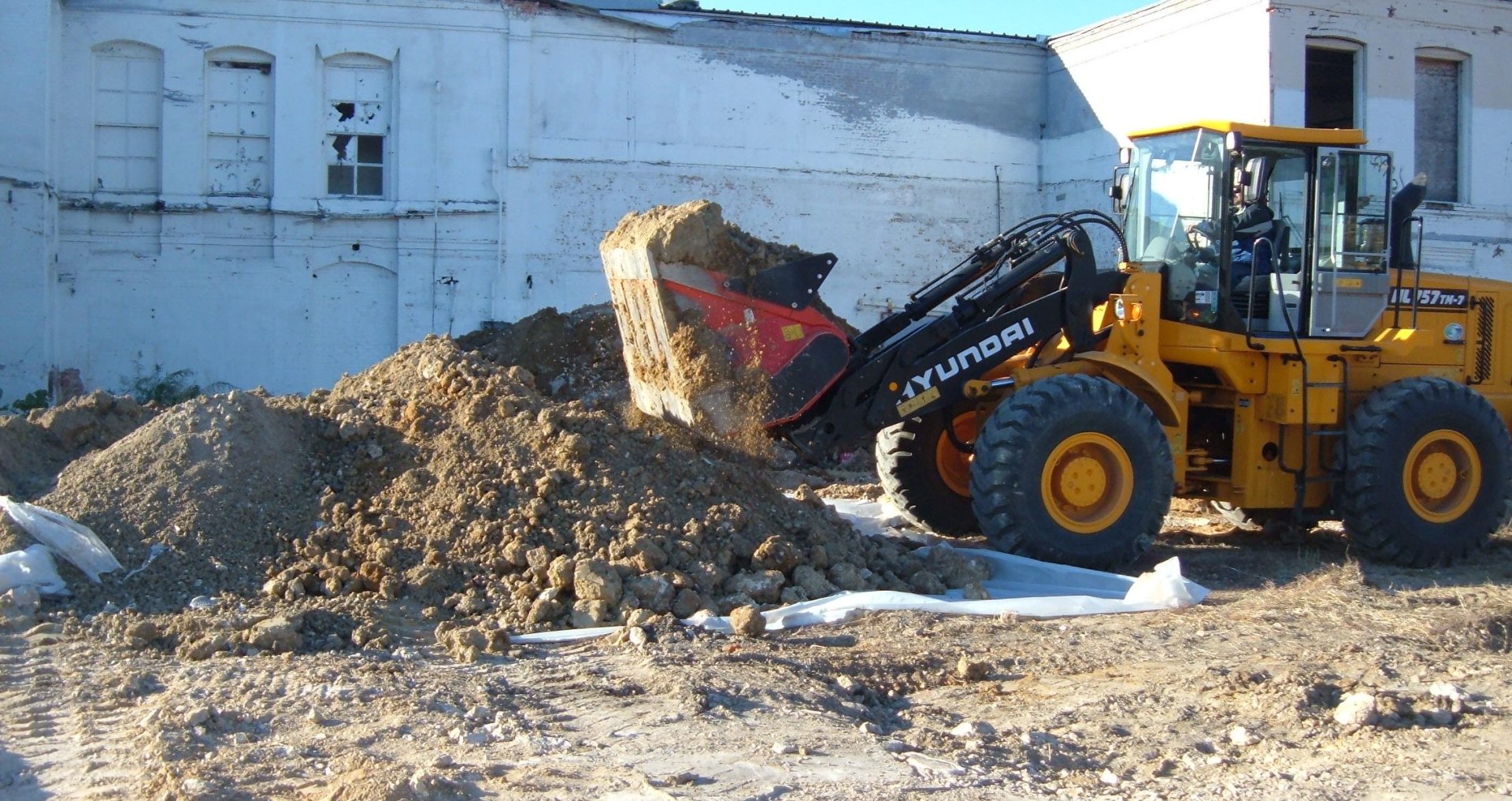Exposure Pathways
Years ago, dig-and-haul was the common remediation solution for soils contaminated with hazardous organics or heavy metals. Today there are several cost-effective options to address soil contamination. Our team will work with you to develop an effective soil remediation solution. Remedial technologies can address the following potential exposure pathways:
- Direct exposure to contaminated soils
- Inhalation exposure to contaminated vapors
- Ingestion exposure to contaminated groundwater

Direct exposure to contaminated soils
Direct exposure to contaminated soils can occur through dermal contact or ingestion of contaminated soil particles. Depending upon the physical makeup of the existing soils, type and depth of contaminant, planned site usage, and other site factors, one or a combination of soil remediation options may be effective. Metals contamination will generally require removal, isolation, or redox modifications. Chlorinated or petroleum chemicals (e.g., benzene) can typically be remediated using biological, physical, or chemical technologies.
Inhalation exposure to contaminated vapors
Vapor exposure is primarily associated with workers completing subsurface work or vapor intrusion into occupied buildings. Contaminated soil vapors can originate from:
- Unsaturated soil impacts, or
- Saturated soil impacts diffusing through groundwater to the unsaturated zone
Ingestion exposure to contaminated groundwater
 Drinking water contamination often originates as soil contamination in either the unsaturated or saturated soil intervals. In some cases, groundwater contamination can be the result of non-aqueous phase liquids (NAPLs) that are held in the soil pore spaces or as free flowing plumes.
Drinking water contamination often originates as soil contamination in either the unsaturated or saturated soil intervals. In some cases, groundwater contamination can be the result of non-aqueous phase liquids (NAPLs) that are held in the soil pore spaces or as free flowing plumes.
In the unsaturated interval, rainwater infiltration can dissolve and leach contaminants into the saturated zone below, resulting in impacts to groundwater above regulatory drinking standards. Contaminants with higher volatility can diffuse into soil gas, which can also migrate and adversely impact groundwater.
In the saturated interval, compounds with lower aqueous solubilities have a significant amount of mass adsorbed to the soil particles. Therefore, it is often necessary to remediate the saturated soils to achieve groundwater drinking standards. Often, remedial designs only take into account groundwater concentrations, without fully understanding the complications associated with contaminants adsorbed onto soils. In most instances, the initial remedial effort is temporarily successful in reducing groundwater concentrations, but the contaminant mass that is adhered to the soils will slowly re-equilibrate with groundwater. The re-equilibration can result in groundwater concentrations returning to their pre-remedy levels (i.e., “rebound” effects). Compounds such as vinyl chloride and 1,4-dioxane are not readily adsorbed to soils, and are therefore mostly found dissolved in groundwater.
| APPLICABLE TECHNOLOGIES | |||
|---|---|---|---|
| Remedial Technology | Dermal | Inhalation | Ingestion |
| Bioremediation | yes | yes | yes |
| In Situ Chemical Oxidation (ISCO) | yes | yes | yes |
| In Situ Chemical Reduction (ISCR) | yes | yes | yes |
| In Situ Stabilization / Solidification (ISS) | yes | yes | yes |
| Air Sparging (AS) | n/a | n/a | yes |
| Soil Vapor Extraction (SVE) | yes | yes | n/a |
| Thermal Enhancements | yes | yes | yes |
| Other | excavation | excavation | excavation |
Additional Resources
EPA’s 1996 Soil Screening Guidance which can be downloaded here.
EPA 's guide to soil remediation technologies can be found here.


